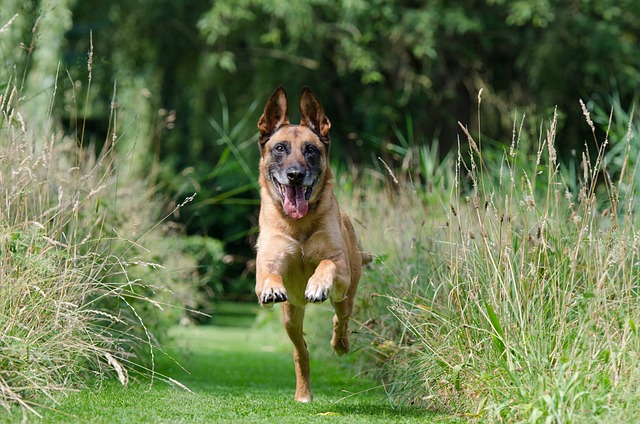Are you dealing with the boundless energy of a hyperactive dog? Don’t worry; you’re not alone in this adventure. Training a hyperactive dog can be a challenging yet rewarding experience. In this guide, we’ll explore effective techniques and tips to help you transform your over-energetic pup into a well-behaved companion.
Understanding Hyperactivity in Dogs
Before we dive into training methods, let’s take a moment to understand what causes hyperactivity in dogs. Just like humans, dogs have unique personalities and energy levels. Some breeds are naturally more energetic, while others may develop hyperactivity due to various factors such as lack of exercise, mental stimulation, or even anxiety.
Identifying Hyperactivity
It’s essential to differentiate between a dog’s natural high energy levels and true hyperactivity. Signs of hyperactivity may include incessant barking, excessive jumping, restlessness, and an inability to focus. If your furry friend exhibits these behaviors regularly, it’s time to start training.
Setting Realistic Expectations
Training a hyperactive dog takes time and patience. You can’t turn your furry tornado into a calm Zen master overnight. Instead, aim for gradual improvement and set achievable goals. Remember, every dog is unique, and progress varies from one to another.
Consistency is Key
Consistency in your training methods is essential. Use the same commands and rewards consistently. This helps your dog understand what is expected of them, reducing confusion and frustration.
Exercise and Mental Stimulation
A hyperactive dog craves physical and mental stimulation. Failing to provide these outlets can lead to destructive behaviors. Ensure your dog gets enough exercise through daily walks, playtime, and interactive toys.
Brain Games
Incorporate brain games into your routine. Puzzle toys and treat-dispensing gadgets engage your dog’s mind, tiring them out mentally. This can be as effective as physical exercise in reducing hyperactivity.
Positive Reinforcement
Positive reinforcement is the cornerstone of effective dog training. Reward your dog with treats, praise, and affection when they exhibit desired behaviors. This creates a positive association and motivates them to repeat those behaviors.
Clicker Training
Consider clicker training as a valuable tool. A clicker marks the precise moment your dog does something right, making it easier for them to understand which behavior you’re rewarding.
Obedience Training
Enroll your hyperactive dog in obedience classes. These classes provide structured training in a controlled environment. A professional trainer can help you address specific issues and tailor training to your dog’s needs.
Commands for Calmness
Teach commands like “sit,” “stay,” and “leave it.” These commands promote self-control and help your dog manage their energy effectively.
Mental Relaxation
Teaching your dog to relax mentally is just as important as physical exercise. Encourage your dog to settle down by creating a calm environment.
Crate Training
Consider crate training as a safe space where your dog can unwind. Ensure the crate is comfortable and use it for short periods, gradually increasing the duration.
Managing Diet and Health
A well-balanced diet can significantly impact your dog’s energy levels. Consult your veterinarian to ensure your dog’s nutritional needs are met. Additionally, rule out any underlying health issues that may contribute to hyperactivity.
Limiting Stimulants
Avoid feeding your dog high-energy foods close to bedtime. Excess caffeine or sugar can lead to restless nights, exacerbating hyperactivity.
Conclusion
Training a hyperactive dog requires dedication, patience, and a personalized approach. Remember that every dog is unique, and what works for one may not work for another. By understanding your dog’s needs, providing mental and physical stimulation, and using positive reinforcement, you can help your hyperactive dog become a well-behaved and content companion.




